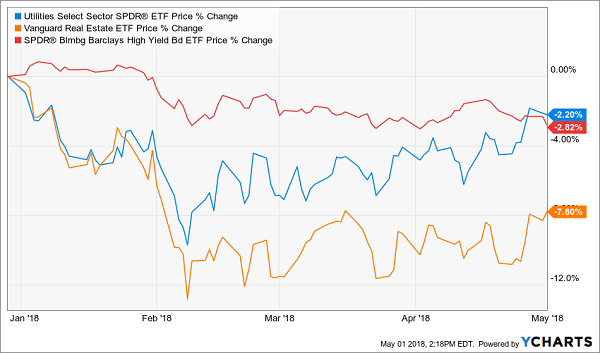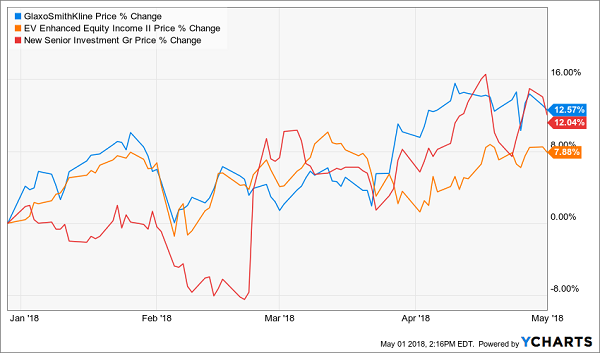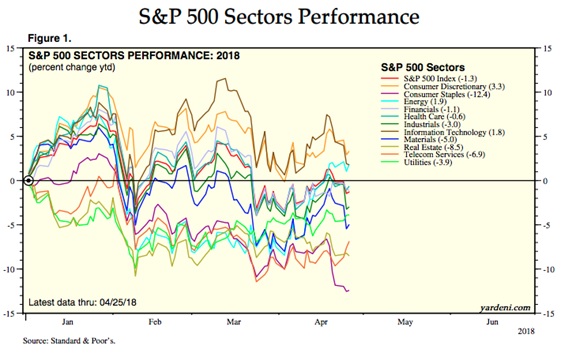Chief Investment Strategist
9 June Dividend Hikes to Buy for 12% Yearly Gains, Forever
Brett Owens, Chief Investment StrategistUpdated: May 5, 2018
Most people are chasing big dividend payers right now in this “3% world” we live in. Meanwhile, a small group of “hidden yield” stocks are quietly handing smart investors growing income streams PLUS annual returns of 12%, 17.3%, or more.
Let’s talk about how to find these stocks, and bank 12% returns or better every single year, by following a simple two-step formula.
See, everyone wants dividend stocks with good current yields. It’s easy to scan a newspaper or financial website and pick out the stocks that are paying 3%, 4%, 8% or whatever number you might consider “good.”
Yet that’s NOT the right way to pick dividend stocks.… Read more





